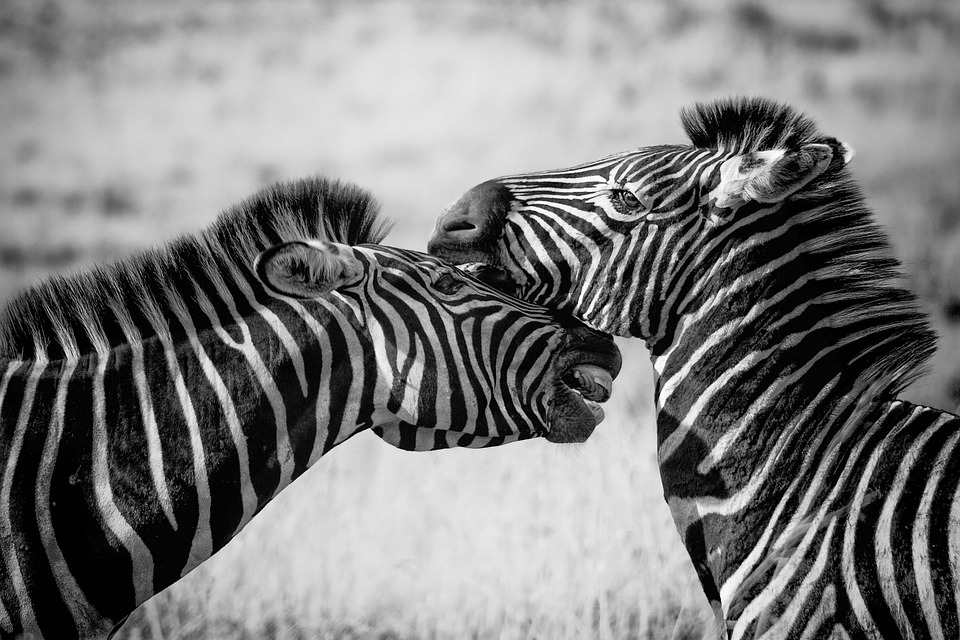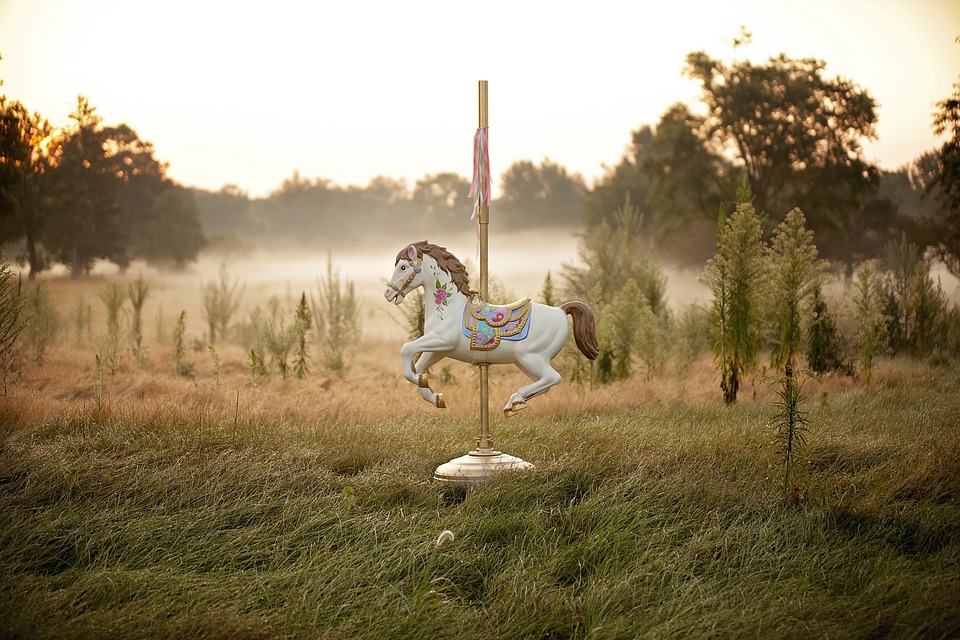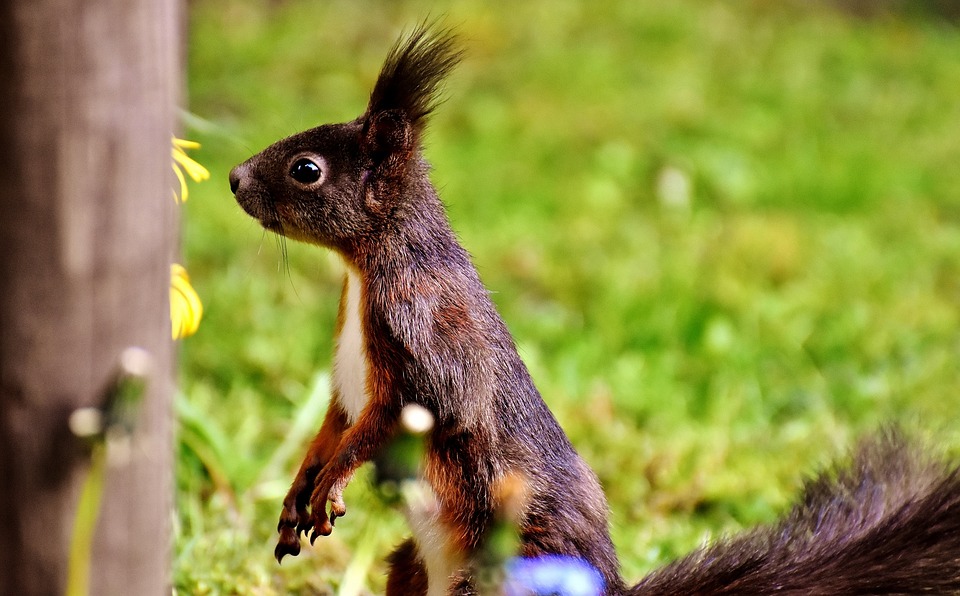The COVID-19 pandemic has brought to light many challenges and complexities surrounding the virus, including its potential impact on wildlife. A recent study has revealed that SARS-CoV-2, the virus responsible for COVID-19, has been detected in a variety of backyard wildlife species in the United States. This discovery raises concerns about the evolution of the virus and its potential to become more unpredictable.
The study found that six common backyard species, including deer mice, Virginia opossums, raccoons, groundhogs, Eastern cottontail rabbits, and Eastern red bats, had been infected with SARS-CoV-2. Additionally, antibodies indicating prior exposure to the virus were found in five of these species, with exposure rates ranging from 40-60%. The presence of the virus in these animals suggests that human-to-animal transmission is occurring, likely due to contact in areas with high human activity such as hiking trails and public spaces.
According to Professor Carla Finkielstein, a cancer researcher at the Fralin Biomedical Research Institute at Virginia Tech, the virus’s ability to infect wildlife is a survival mechanism. As humans develop immunity through vaccinations, the virus may adapt and mutate to thrive in new hosts, including animals. This adaptation could lead to the emergence of new variants with unique mutations that pose challenges for vaccine development and public health efforts.
The study’s findings highlight the importance of ongoing surveillance for COVID-19 in wildlife populations. By monitoring the spread of the virus in animals, researchers can better understand how it is transmitted between species and assess the potential risks to human health. While the study did not find evidence of animals transmitting the virus back to humans, it underscores the need for continued vigilance and research in this area.
One of the study’s key takeaways is the ubiquity of the virus in wildlife populations. The presence of SARS-CoV-2 in common backyard animals suggests that exposure is widespread and not limited to specific regions. This underscores the need for broader surveillance efforts across different geographic areas to track the virus’s spread and evolution in wildlife.
The study also raises questions about how wild animals are contracting COVID-19. While contaminated wastewater is a possible source, researchers believe that trash bins and food waste are more likely culprits. Understanding the pathways of transmission from humans to wildlife is crucial for developing strategies to mitigate the spread of the virus and protect both animal and human populations.
In conclusion, the study sheds light on the complex interactions between humans and wildlife in the context of the COVID-19 pandemic. It emphasizes the need for interdisciplinary collaboration and ongoing research to address the impact of the virus on diverse species and ecosystems. By studying the transmission of SARS-CoV-2 in wildlife, researchers can gain valuable insights into the virus’s behavior and evolution, ultimately helping to inform public health measures and conservation efforts.





